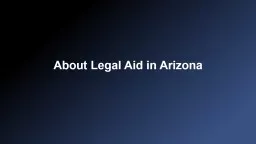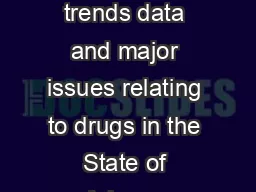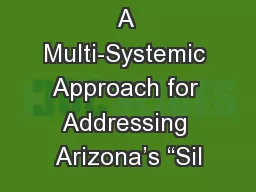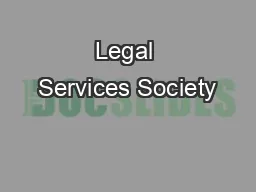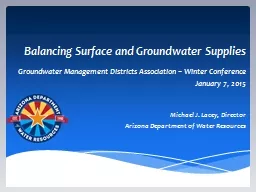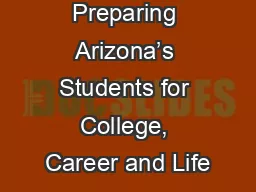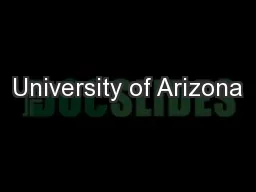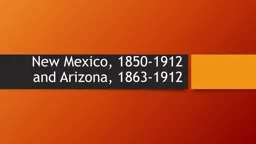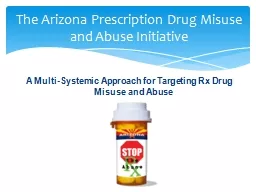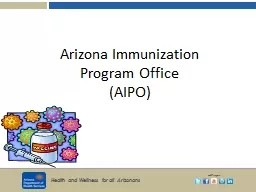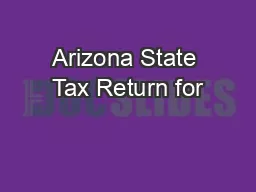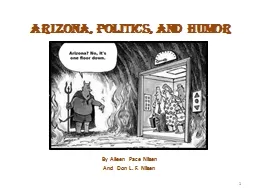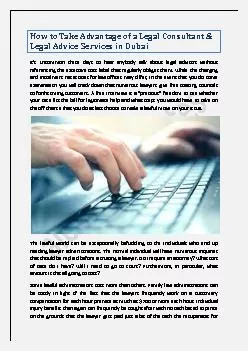PPT-About Legal Aid in Arizona
Author : min-jolicoeur | Published Date : 2019-11-18
About Legal Aid in Arizona Established by Congress in 1974 LSC promotes equal access to justice by funding highquality civil legal assistance for lowincome Americans
Presentation Embed Code
Download Presentation
Download Presentation The PPT/PDF document "About Legal Aid in Arizona" is the property of its rightful owner. Permission is granted to download and print the materials on this website for personal, non-commercial use only, and to display it on your personal computer provided you do not modify the materials and that you retain all copyright notices contained in the materials. By downloading content from our website, you accept the terms of this agreement.
About Legal Aid in Arizona: Transcript
Download Rules Of Document
"About Legal Aid in Arizona"The content belongs to its owner. You may download and print it for personal use, without modification, and keep all copyright notices. By downloading, you agree to these terms.
Related Documents

